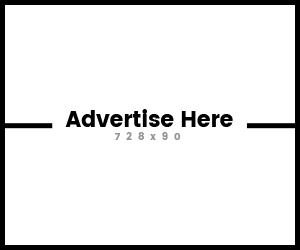Focus on Cashflow over Profit to check if the Profits is believable.
Earnings & Free Cash Flow, let's look at the relationship between them.
Thread (1/15)
1) Earnings and free cash flow are two measures of the same thing,
How much money the company made from operating activities after deducting the cost of running the business, profit in other words.
2) Free cash flow is the more literal measure
If the company received money by selling products or services it is counted as revenue. If the company spent it on salaries, raw materials, machinery, or paying interest or tax, it is counted as a cost.
3) The earnings figure, which also measures the amount of money left after costs.
Is calculated using accounting rules to recognize revenue and costs in the same time period to produce a more accurate statement of a company’s financial performance.
4) Huh? So what's the difference?
The matching rules mean accountants use their judgment, to spread the cost / revenue over when they occur. For example -
-Deprecate assets over time
-Write of assets to loss on the P/L
-Book revenue, when a company issues an invoice
5) What does this means?
Well, the above transactions can take place without any cash changing hands.
-The company can issue an invoice, record revenue, and yet the customer has not paid.
-Writing of an asset moves the value of the asset to the P/L but no cash in the bank.
6) Its the accountant's judgement!
The size of these adjustments depend on judgments made by a company’s finance department, how long a piece of equipment will last, for example, or when to book revenue
7) It is reasonable to assume some will make judgements that flatter profit.
Without these judgments though, revenue and profit, would come in great chunks. Some years a company might look extraordinarily profitable, years in which it did not invest for example.
8) How to sense check profits?
Check Exceptional items first. Before we compare cash flows to profit, we can check whether the company is inflating the reported profit figure by ignoring exceptional items
9) Exceptional items Also known as
-One-off
-Non-recurring costs
If a large proportion of the adjusted profit is the result of adjustments or the company routinely makes adjustments, it is sensible to question whether the costs are truly exceptional.
10) Major tip - Follow the cashflow!
The cash flow statement starts with reported profit, adds back non-cash charges and gains created by accounting judgments to arrive at operating cash flow.
11) Even better
By focusing your attentions on free cash flow it is possible to get closer to the truth about a company’s financial performance.
12) What is free cash flow?
In layman’s terms it is the amount of cash that a company has left over every year to pay its lenders and shareholders. It is essentially a company’s cash profits.
Importantly it is after taking into account expenses on capital. Therefore free cashflow is the cash the company generates which could be removed from the businesses without slowing down its growth!
13) And importantly it is the company's profits free from accounting judgement.
14) The best ratios to check for high free cashflow?
-CROCI (Higher the better)
In essence, CROCI measures the cash profits of a company as a proportion of the funding required to generate them.
15) If you scan the market for high CROCI companies its a great place to start a search for investable companies.
If you enjoyed this then maybe I can tempt you with my Twitter page /_JosephWilks where I write daily insights on long-term investing like this.
Submitted May 16, 2021 at 04:15AM by JosephWilks https://ift.tt/3eMjiqd


